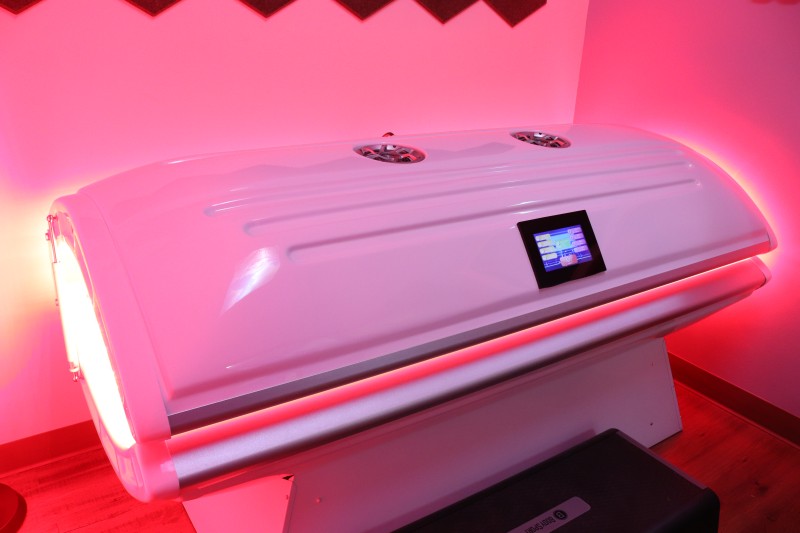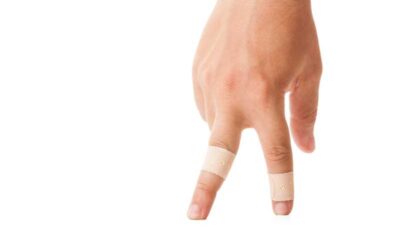The Benefits of Red Light Therapy
Red light therapy is a type of natural healing modality that utilizes red-colored light from the light spectrum for benefits. This type of therapy is also called photobiomodulation, low-level laser therapy, and low-power laser therapy.
During the treatment that usually lasts between 10 and 20 minutes long, your skin is exposed to a device that contains red lights. The red lights are usually very small LED types of lights that are in rows in a device such as a whole body bed, belt, headband, or lamp.
Once your skin is exposed to the red light, the mitochondria of the cells pick it up and use it to “recharge” their batteries. The mitochondria are called the batteries of the cells, and just like regular batteries, the mitochondria can be run down as well. For example, many pharmaceutical medications deplete the mitochondria of their power source. Red light on the other hand recharges the mitochondria.
Red Light Therapy is safe. When your skin absorbs the red light, burning of the skin does not occur.
3 Reactions That Occur from Light Absorption in Your Body’s Cells
- The wavelength is absorbed by the cells in the chromophores and stimulates a chemical reaction in the cells. Cytochrome c oxidase, important for the creation of ATP, then stimulates the mitochondria. Energy is thus produced
- Since oxygen binds to cytochrome c oxidase, once the light energy is absorbed, increased circulation occurs in the blood vessels and the oxygen is then transferred to the cells. Not only is energy produced but oxygen is delivered to the cells.
- Once light enters the tissue, the photons of light are transferred into the tissue. Some of them are reflected, scattered, absorbed or transmitted. If absorbed, the tissue regeneration begins.
12 Reasons Why Red Light Therapy Could Be Your Next Wellness Therapy
With over 300,000 studies on light therapy, the science of it has shown that:
1. Red light therapy reduces pain.
Studies show that different types of pain respond to red light therapy. Dental pain, neck pain, back pain, carpal tunnel syndrome, ulcers, diabetic foot ulcers, neuropathy, and rheumatoid arthritis are some of the types of pain that have been studied.
2. Red light therapy decreases inflammation.
When you have joint pain, you have inflammation. When you are overweight, you will have inflammation amongst your body tissues. When you have infections, there is always inflammation. Just about every disease has an inflammatory component to it.
3. Red light therapy increases melatonin levels.
Melatonin not only helps you sleep but also helps keep cancer at arm’s length away from you.
4. Red light therapy decreases cortisol and adrenaline levels.
By decreasing these two hormones, your stress levels plummet.
5. Red light therapy pokes holes in fat cells.
Fat cells with holes in them are cells that have the potential to die. Their fate depends on what you do to burn them up – exercise or ketosis from a keto diet or fasting helps.
6. Red light therapy relaxes you.
Light therapy permits tense muscles to heal and regenerate making them relaxed.
7. Red light therapy improves skin.
It’s been used for wrinkles, wound healing, skin grafts, skin rejuvenation, and improves the junction between the dermis and the epidermis, improving wrinkles and stimulating tissue repair.
8. Red light therapy stimulates tissue regeneration and may be beneficial for those who have had traumatic brain injury.
In one study, photobiomodulation was cited as a therapy that could reduce swelling, increase the antioxidants, decrease inflammation, prevent cell death and modulate the activation of brain cells called microglia.
Positive effects resulted in learning, memory, inflammation and cell death in the brain. It increases the circulation to the cerebral tissues, tissue oxygenation and cognitive function.
9. Red light therapy balances your moods.
Having stable moods during the day is what helps keep your productivity high.
10. Red light therapy improves your sleep.
In one study of Chinese female basketball players, 14 days of whole body red light therapy improved the athlete’s sleep, melatonin levels and endurance.
11. Red light therapy increases circulation.
Once the cells absorb the light, nitric oxide is released, which increases circulation in the area.
12. Red light therapy has been found helpful for various conditions that affect humans:
Including dental pain, hair loss, wrinkles, acne, warts, cold sores, TMJ, dementia, and other conditions.




